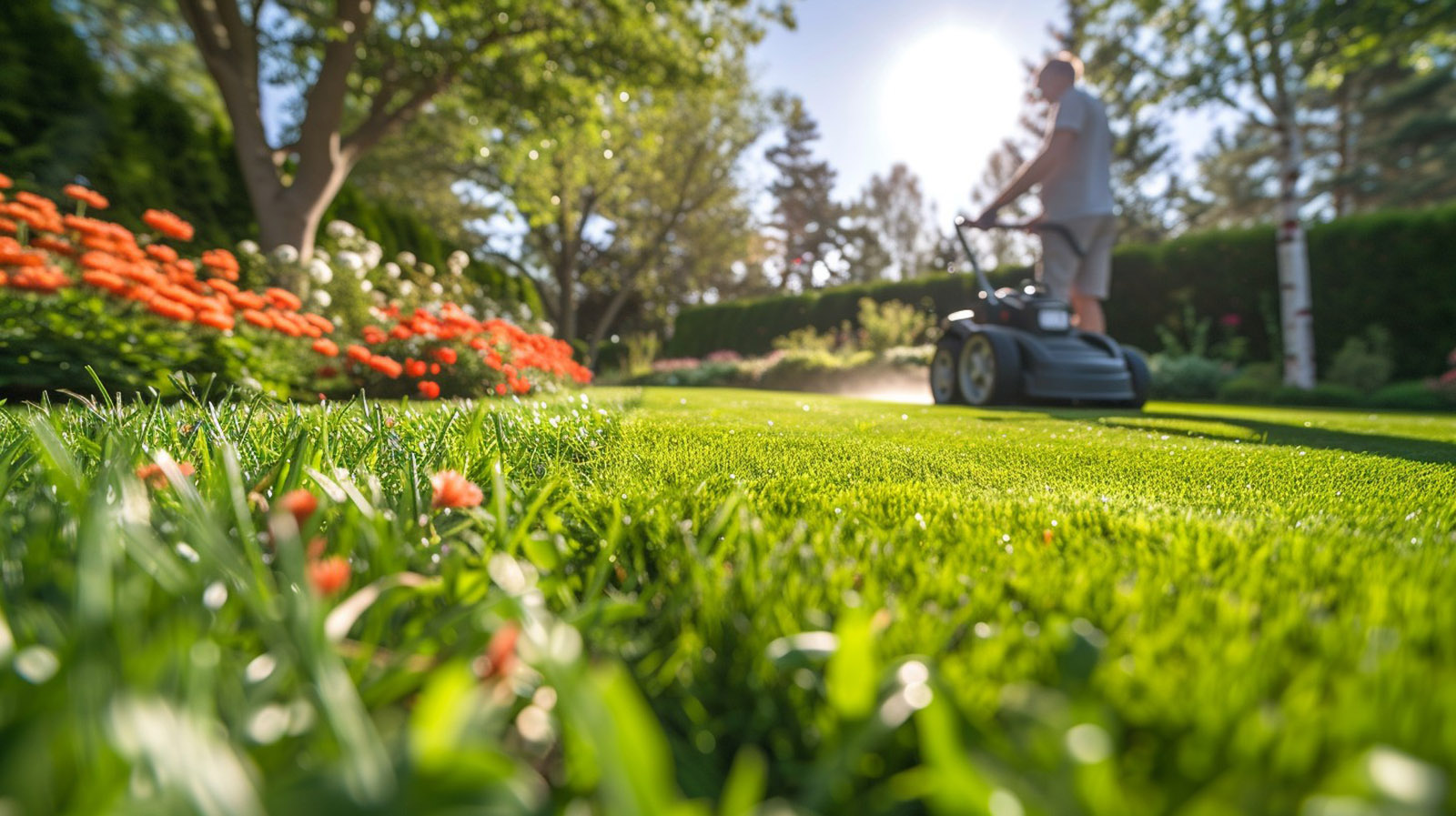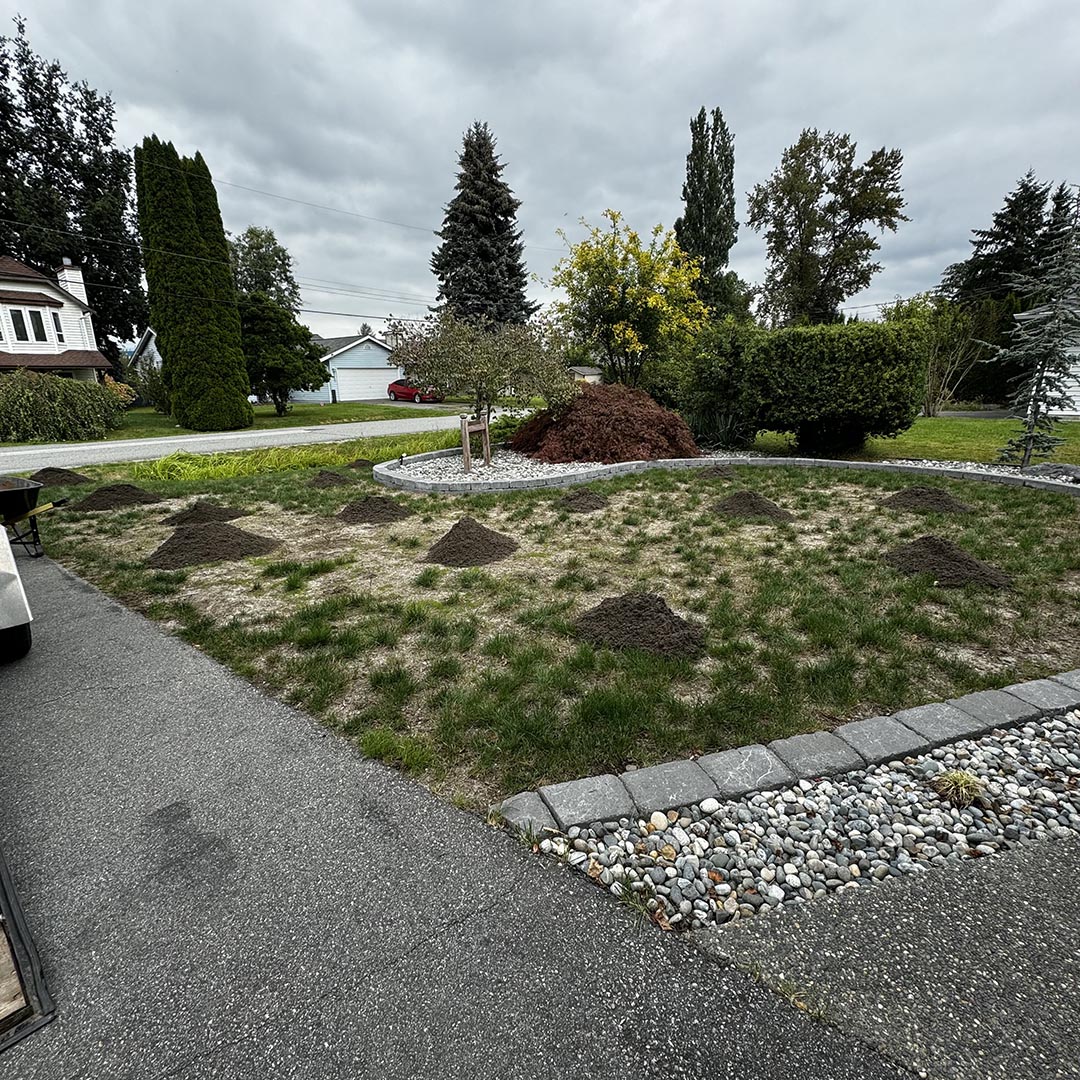
When winter rolls in, it can be tough on plants that thrive in warm, sunny conditions. Whether you’ve got tropical flowers, citrus trees, or heat-loving veggies, cold temperatures can pose a real challenge. But don’t worry—with a few smart strategies, you can help your plants survive (and even thrive) through the winter months. Here’s how to keep your heat-loving plants happy when the cold sets in.
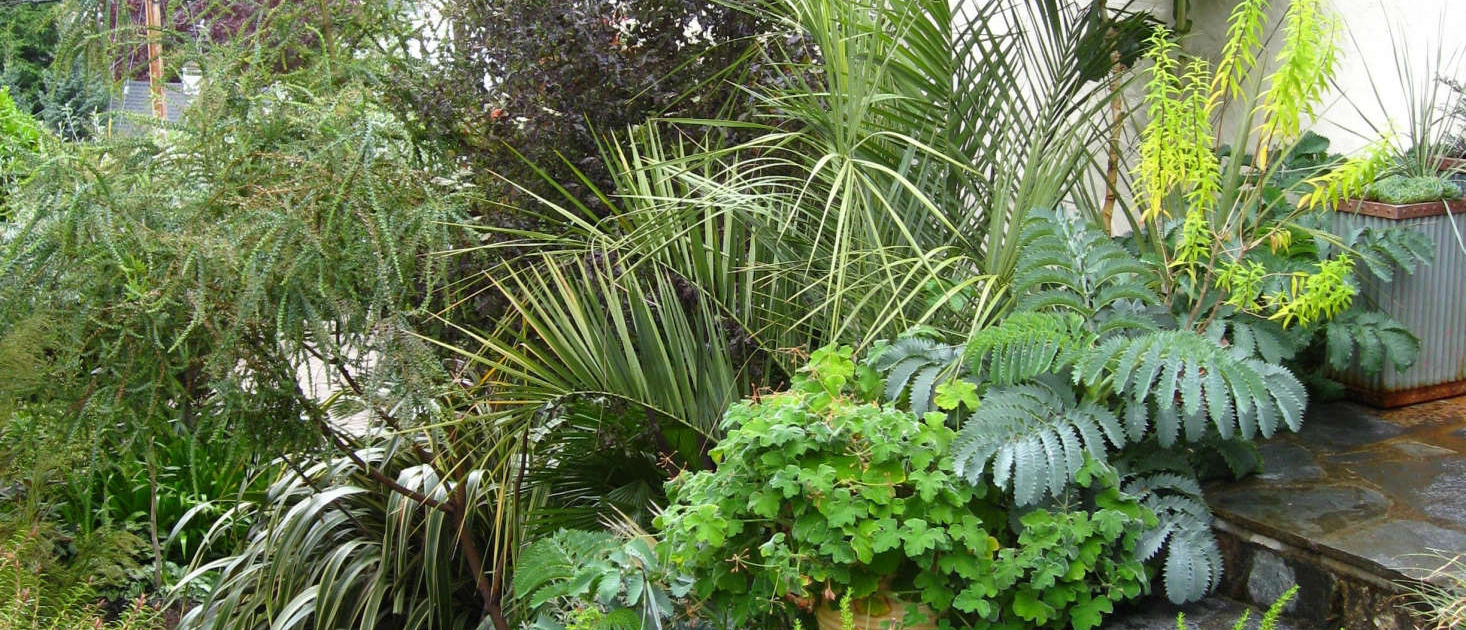
How to take care Heat-Loving Plants During Winter
Bring Potted Plants Indoors
If your heat-loving plants are in pots, the easiest solution is to bring them inside before the first frost hits. Choose a spot with plenty of sunlight—near a south-facing window is ideal. If natural light is limited, consider using grow lights to supplement. Keep an eye on humidity levels; dry indoor air can be just as harmful as the cold.
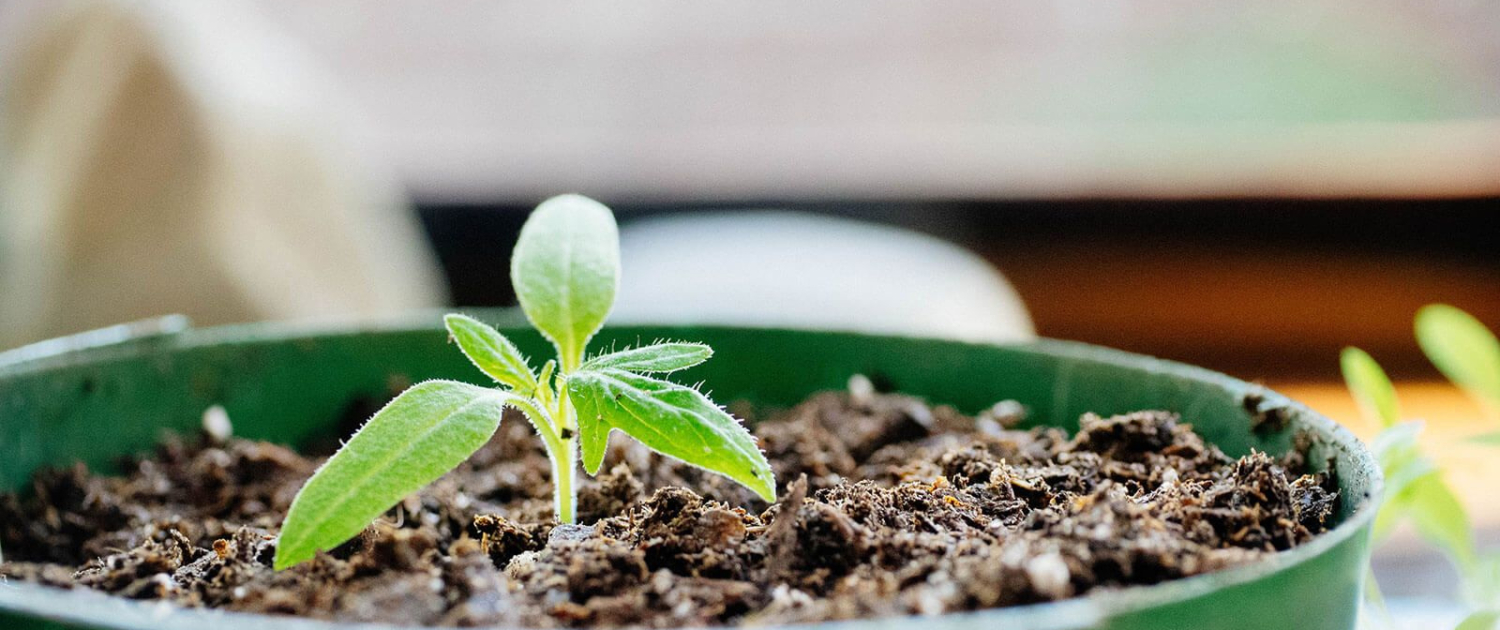
Bring Potted Plants Indoors
Mulch for Insulation
For plants that are rooted in the ground, mulch is your best friend. A thick layer of organic mulch—like straw, bark, or leaves—helps insulate the soil, keeping roots warm. Aim for about 3-4 inches of mulch around the base of your plants. Just be sure to keep it slightly away from the stem to prevent rot.

Mulch for Insulation
Use Row Covers or Frost Cloths
When a cold snap is in the forecast, row covers or frost cloths can make a big difference. These breathable fabrics trap warmth while still allowing air and moisture to circulate. Just remember to remove the covers during the day when temperatures rise to prevent overheating.
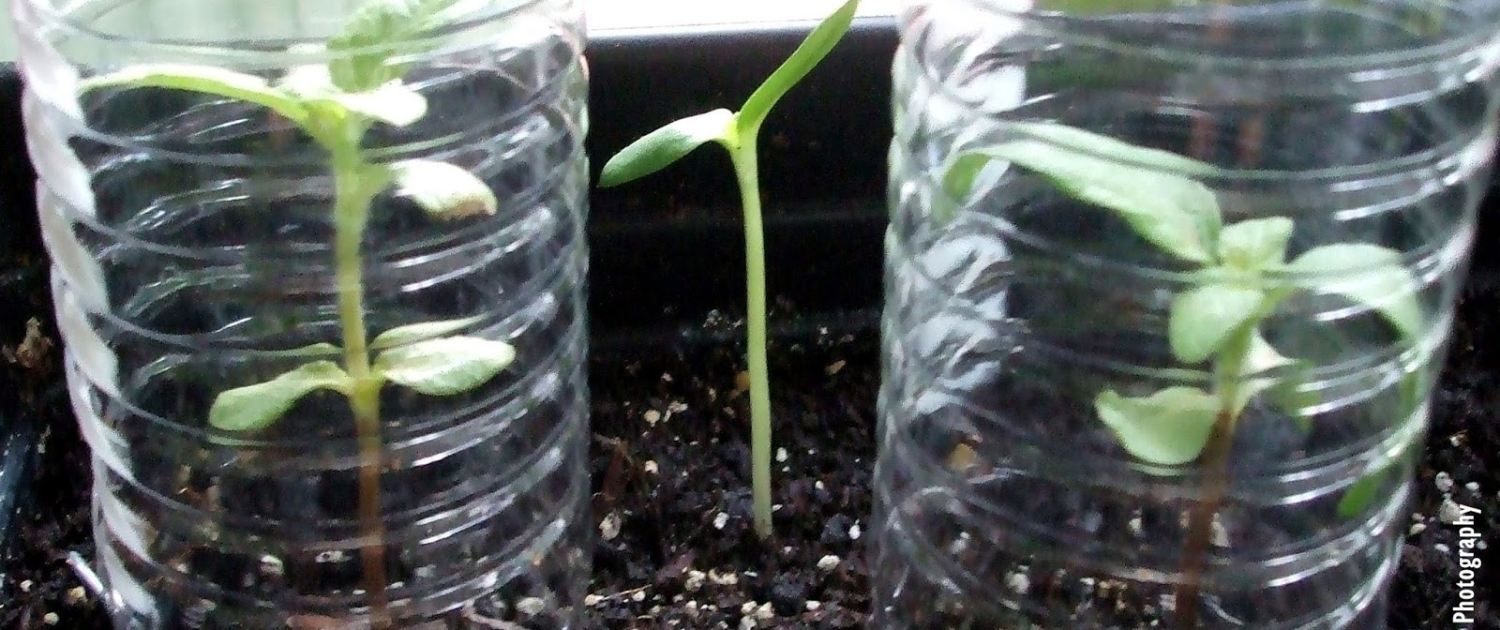
Use Row Covers or Frost Cloths
Water Wisely
It might seem counterintuitive, but keeping plants well-watered before a frost can help protect them. Moist soil retains heat better than dry soil, offering some insulation for the roots. However, avoid overwatering—soggy soil combined with cold temperatures can lead to root rot.
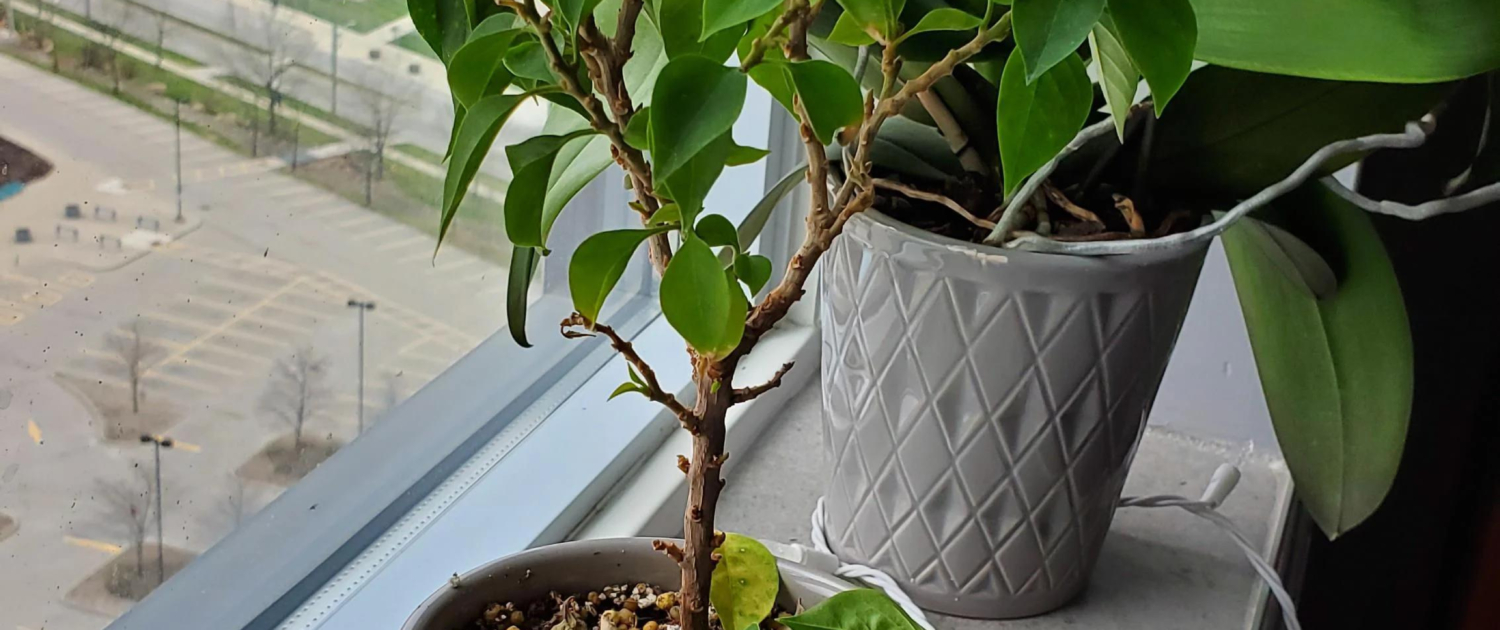
Water Wisely
Prune with Caution
Avoid heavy pruning before winter, as it can encourage new growth that’s too tender to handle the cold. Instead, wait until spring to trim and shape your plants.
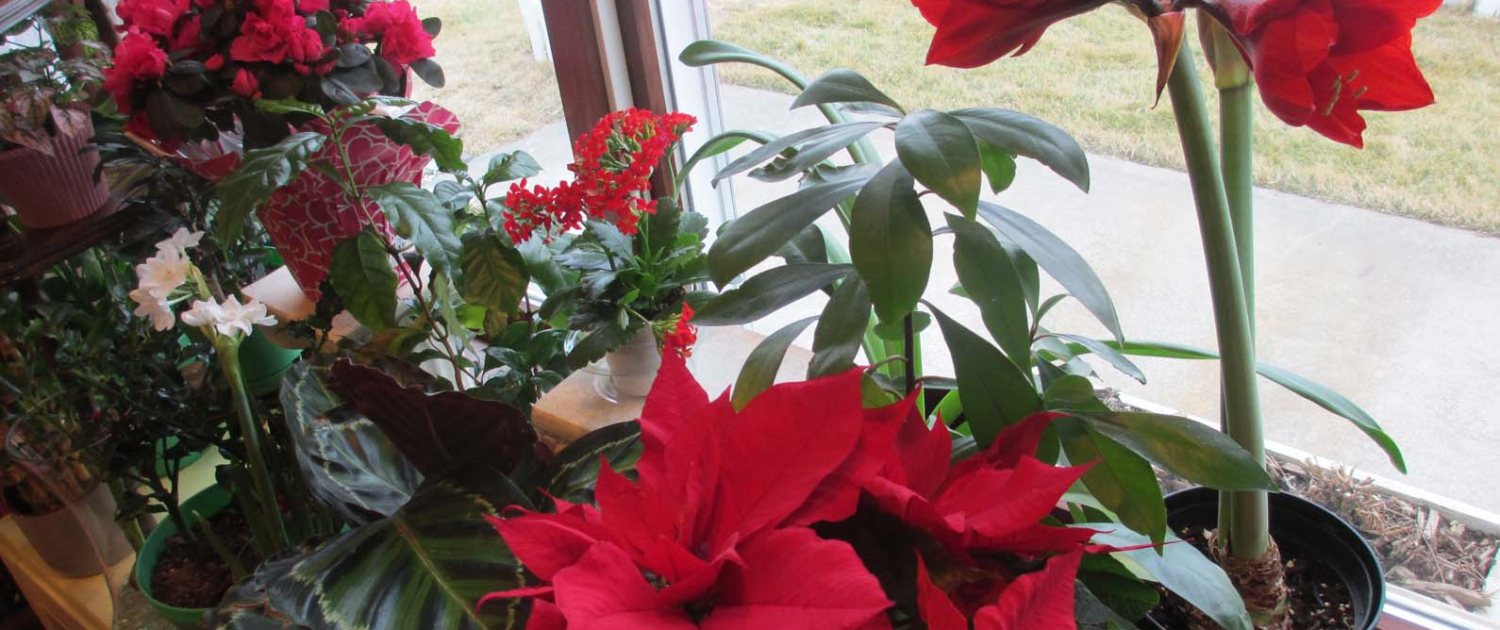
Prune with Caution
Just because winter is here doesn’t mean your heat-loving plants have to suffer. With a little preparation and the right care, you can protect your plants and set them up for a strong comeback in spring. Whether it’s bringing them indoors, mulching, or using protective covers, these simple steps will help you keep your plants healthy no matter how cold it gets.
